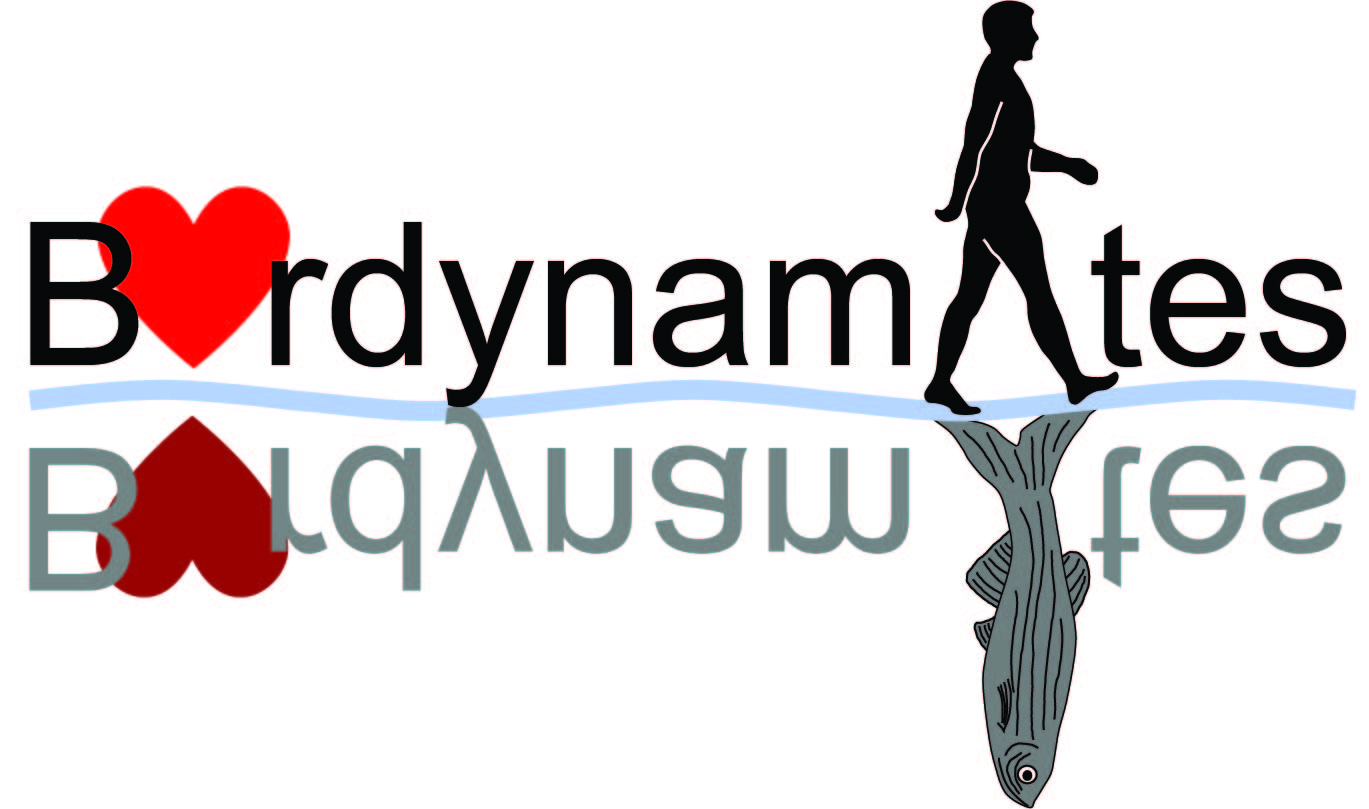Optimizing photoswitchable MEK.
Type
Optogenetic approaches are transforming quantitative studies of cell-signaling systems. A recently developed photoswitchable mitogen-activated protein kinase kinase 1 (MEK1) enzyme (psMEK) short-circuits the highly conserved Extracellular Signal-Regulated Kinase (ERK)-signaling cascade at the most proximal step of effector kinase activation. However, since this optogenetic tool relies on phosphorylation-mimicking substitutions in the activation loop of MEK, its catalytic activity is predicted to be substantially lower than that of wild-type MEK that has been phosphorylated at these residues. Here, we present evidence that psMEK indeed has suboptimal functionality in vivo and propose a strategy to circumvent this limitation by harnessing gain-of-function, destabilizing mutations in MEK. Specifically, we demonstrate that combining phosphomimetic mutations with additional mutations in MEK, chosen for their activating potential, restores maximal kinase activity in vitro. We establish that this modification can be tuned by the choice of the destabilizing mutation and does not interfere with reversible activation of psMEK in vivo in both and zebrafish. To illustrate the types of perturbations enabled by optimized psMEK, we use it to deliver pulses of ERK activation during zebrafish embryogenesis, revealing rheostat-like responses of an ERK-dependent morphogenetic event.

